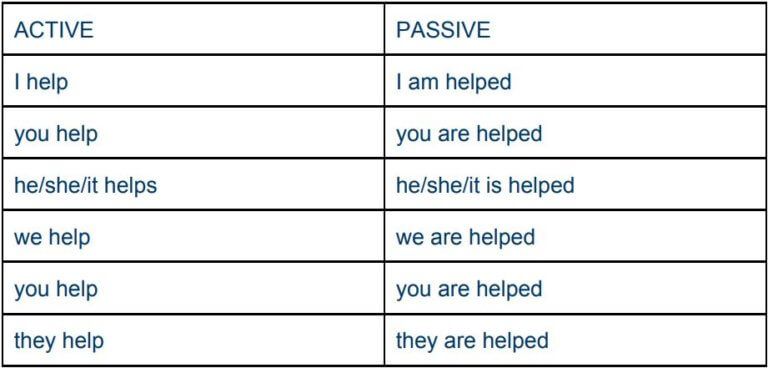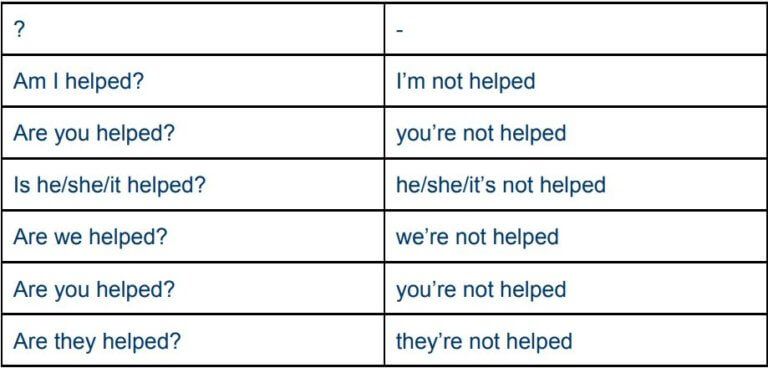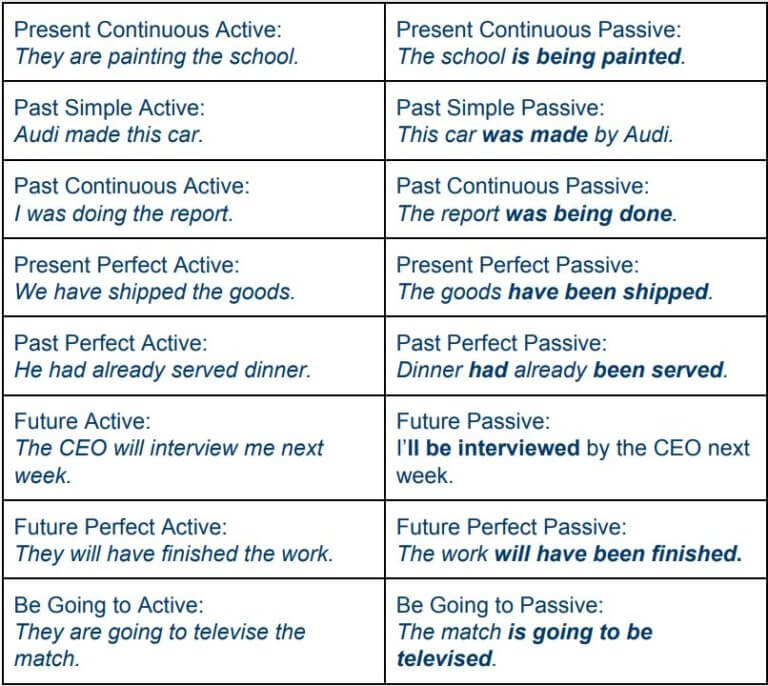Expand visa exemption to attract more foreign tourists: experts

Amazing time in Mekong Delta

Vietnam should grant visa exemption to more countries and allow a stay of up to 30 days to increase foreign tourist numbers and their local spending, experts say.
Tran
Dinh Thien, a member of the prime minister's economic advisory group, said at a
tourism conference in the northern province of Quang Ninh that now "was
the opportunity we need to take advantage of to open tourism wider and affirm
Vietnam's position on the global tourism map."
The government had agreed last week to resume its unilateral visa exemption policy for citizens from 13 countries as Vietnam reopened inbound tourism after nearly two years of closure. Citizens from Belarus, Denmark, Finland, France, Germany, Italy, Japan, Norway, Russia, South Korea, Spain, Sweden, and the U.K. will be allowed to visit Vietnam for up to 15 days without a visa regardless of passport type and entry purpose.
Thien
said that though Vietnam has fully reopened its borders, the tourism industry
can only welcome 25-30 percent of tourists against pre-pandemic levels.
Therefore, the government should expand its visa exemption policy to include
more countries like Australia and New Zealand.
"Vietnam
should also consider prolonging the stay of tourists from European countries
from the current 15 days because Westerners tend to make longer trips,
especially retirees. Therefore, the 15-day visa exemption is not enough to
attract them," Thien said.
Pham
Thi Nguyet of Vietnam Airlines said the visa exemption with stay of up to 30
days will boost opportunities to attract international visitors to Vietnam,
especially from Europe.
Currently,
only citizens of Cambodia, Indonesia, Laos, Malaysia, Singapore, Thailand, and
Kyrgyzstan are offered visa-free stay of 30 days. But most Asian tourists
typically make short trips of four to five days, industry insiders say.
Pham
Truong Hoang, who teaches hotel management and tourism at the National
Economics University, said it was high time that Vietnam relaxed policies to
attract more foreign tourists through expanded visa exemption, instead of
remained focused on pre-pandemic markets.
Before
the pandemic, Vietnam had among the strictest visa policies in Asia with only
24 countries qualifying for exemption, compared to Thailand's 64, Indonesia's
70, and the Philippines' 157.
Tran
Nguyen, sales director of hospitality company and property developer Sun Group,
also felt that the government should relax its visa exemption policy and
include more potential tourism markets like New Zealand and Australia.
Nguyen
Thi Le Huong, deputy general director of tour operator Vietravel, proposed the
scrapping of Covid-19 tests for fully vaccinated foreign tourists arriving in
Vietnam.
Though
Vietnam has reopened international tourism with relaxed entry rules, it still
requires foreign visitors to furnish negative Covid-19 test results on arrival.
Vnexpress.net

A foreign visitor shows her passport to an official at the Nội Bài International Airport. — Photo vtv.vn
HÀ NỘI — The pilot programme on granting digital COVID-19 vaccine passports at three major hospitals in Hà Nội - Bạch Mai, National Cancer Hospital and E Hospital - is operating smoothly, said an official from the Ministry of Health.
Speaking at a meeting on Tuesday, Nguyễn Bá Hùng, Deputy Director of the Medical Data Centre, said that after a week of piloting, the national vaccination system had responded well to the issuance of digital vaccine passports.
“It is expected that the ministry will hold a meeting to launch the project nationwide next week,” he said.
Under the pilot programme, people who receive COVID-19 vaccines at the three hospitals will have their vaccination information updated to the national vaccination database.
To get a digital vaccine passport, people must declare accurate information. Vaccination agencies will review the information and connect it to the national population database for authentication.

The vaccine passport will contain personal information, including the types of vaccines administered and the number of doses given. The information is encoded and encrypted into a QR code, which expires 12 months after it is created.
Everyone who has been vaccinated and has information on the vaccination management platform will be given a QR code displayed on the PC Covid or the “Sổ Sức Khỏe Điện Tử” (Electronic Health Book) applications for checking when going abroad.
Hùng said that last December, the Health Ministry issued a decision on the template and procedures for issuing vaccine passports that would make it more convenient for people to travel and do business, especially since Việt Nam reached an agreement on mutual agreement recognition of vaccine passports with 17 countries.
As of March 22, more than 202 million doses of the COVID-19 vaccine have been administered across the country.
Information about more than 193 million doses, accounting for 96 per cent of the total, has been updated on the vaccination management platform. — VNS
Rất nhiều thí sinh khi đi thi với tâm lý “thoải mái quá” đã mang hết tất cả “skill” cá nhân vào phòng thi, và vô tình đã mắc phải những lỗi không đáng có trong bài thi writing đặc biệt là trong bài Essay của mình.
-Trong khi viết tiếng Anh, nhiều bạn có thói quen sử dụng cách viết tắt như:
Do not = don’t
Cannot = can’t
Have not = haven’t
Is not = isn’t ……….
Tuy nhiên trong Academic Writing, các bạn tuyệt đối không được viết tắt mà phải viết rõ các từ ra nếu không muốn bị trừ điểm.
– Khi viết một bài paragraph, chúng ta sẽ phải có đủ 3 ý là mở bài, thân bài và kết luận. Nhiều bạn có thói quen xuống dòng khi viết xong mỗi phần trên để cho rõ ràng. Tuy vậy, điều này bị coi là cấm kị khi viết một bài paragraph nên các bạn không được xuống dòng mà phải viết liền một mạch nếu ko muốn bị trừ điểm nhé.
– Khi viết một bài paragraph, dung lượng mà các bạn phải viết là khoảng 140 từ. Vì vậy, hãy cố gắng viết đủ hoặc nhiều hơn 1 chút thôi nhé. Nếu viết ngắn hơn thì sẽ bị thiếu ý, còn dài quá thì sẽ bị trừ điểm và có khi còn thiếu thời gian làm bài nữa đấy. Hãy luôn nhìn đồng hồ để đảm bảo khi hết giờ thì bài luận của các bạn đã có đủ 3 phần rồi nhé. Khi sắp hết giờ mà phần thân bài còn sơ sài thì cũng kệ thôi, tập trung viết câu kết bài đã vì 1 bài có đầy đủ 3 phần mà có 1 phần chính còn sơ sài thì vẫn được đánh giá cao hơn là 1 bài có 2 phần chính tương đối tốt nhưng chưa kịp viết xong kết bài nhé.
– Khi viết bài , một số bạn hay có thói quen dùng “you” trong đoạn văn của mình. Điều này là ko thích hợp vì “you” ở đây là đang ám chỉ người chấm bài của bạn đấy. Nên khi dùng “you” thì nghe như bạn đang “dạy dỗ, chỉ bảo” người chấm bài vậy. Thông thường, trong văn viết, để đảm bảo tính khách quan, người viết nên sử dụng ngôi “we” hoặc tốt nhất là dùng các cấu trúc với chủ ngữ giả chẳng hạn “it is evident that/ it goes without saying that/ without a doubt…”.
– “extreme words” là các từ mang tính tuyệt đối, chẳng hạn như “all/every…”. Nếu dùng các từ này, bài viết sẽ bị coi là không khách quan, chẳng hạn khi viết về vai trò của việc đọc sách, có 1 bạn viết rằng “ Everyone knows that reading books is necessary”. Từ “ Everyone” trong câu trên bị coi là không khách quan vì chắc gì tất cả mọi người đều nghĩ như bạn ý. Tóm lại là khi viết bài, các bạn có thể thấy có một điều gì đó rất đúng mà có lẽ ai cũng nghĩ như vậy, tuy nhiên, bạn không được tuyệt đối hóa cách nghĩ của mình bằng các “extreme words” như trên.
Bạn có thể vẫn nhấn mạnh được điều mình muốn nói bằng cách thêm vào trước các “extreme words” kia một số từ mang tính giảm nhẹ, chẳng hạn như:
– It seems that Everyone knows that reading books is necessary. (dường như)
– Seemingly Everyone knows that reading books is necessary. (có vẻ như)
– Almost / nearly everyone knows that reading books is necessary. (Hầu hết/gần như tất cả)
– Để bài viết mang tính thuyết phục cao hơn thì mỗi khi đưa ra một luận điểm, các bạn cần đính kèm KEY WORDS vào đó để nhấn mạnh. Chẳng hạn, nếu bài viết là “Write about your favorite sport” thì tên của môn thể thao đó chính là KEY WORD của bài và các bạn cần lặp lại nó trong các câu luận điểm.
Một bài viết mà có các liên từ để chia các luận điểm ra một cách rõ ràng thì sẽ được đánh giá cao hơn rất nhiều. Vì vậy trước khi viết hãy dành một chút thời gian để nghĩ về các luận điểm sẽ viết và chia nó thành 3 ý rõ ràng rồi dùng một trong các cụm sau để liên kết nhé:
Firstly……….. Secondly………. Lastly
To begin with……….In addition …………Last but not least.
In the first place ……….. Also ……….. Lastly
Generally …….. Furthermore…….. Finally
To be sure…….. Additionally……… lastly
In the first place………. just in the same way……… Finally
Basically ………….. Similarly………….. As well
Trong bài thi viết, chúng ta nên hạn chế sử dụng các cấu trúc nêu trên vì nó không thực sự Academic. Chúng ta nên sử dụng các cách diễn đạt tương đương nhưng mang tính học thuật hơn để được đánh giá cao hơn. Chẳng hạn:
– Eg 1:
SHOULD NOT: There are many issues that students face at university.
SHOULD: Students face many issues at university.
– Eg 2:
SHOULD NOT: There are many development projects that the UN supports.
SHOULD: The UN supports many development projects.
Các từ nêu trên là các từ không Academic khi viết ( chúng chỉ nên được sử dụng trong văn nói). Vì vậy khi chúng ta cần diễn đạt các từ mang ý nghĩa như trên, chúng ta phải tìm các từ có nghĩa tương đương nhưng Academic hơn hoặc cách diễn đạt khác tương đương.
– Eg 1:
SHOULD NOT: Many students think that university is very hard.
SHOULD: Many students think that university is difficult.
– Eg 2:
SHOULD NOT: Bill 399 is really controversial.
SHOULD: Bill 399 is controversial.
– Eg 3:
SHOULD NOT: A lot of students live on campus.
SHOULD: Many students live on campus.
– Eg 4:
SHOULD NOT: A lot of time is wasted …
SHOULD: Much time is wasted …
NOTE: Chúng ta có thể sử dụng các từ tương đương nhưng academic hơn cho các từ nêu trên:
-Với “Really”; “very” chúng ta có thể sử dụng DEFINITELY
-Với “a lot”chúng ta có thể sử dụng MUCH/ A GREAT AMOUNT OF (trước danh từ không đếm được) hoặc MANY/ A GREAT NUMBER OF (trước danh từ đếm được)
-Với “SO” (vì vậy, vì thế) , chúng ta có thể sử dụng HENCE / THEREFORE/ THUS để thay thế.
– Với “of course”, chúng ta có thể thay bằng “it is true that/ it is apparent that / it is evident that/ it goes without saying that/ certainly…”
Trong Academic Writing, chúng ta cần diễn đạt các câu với sắc thái ý nghĩa mạnh mẽ để thuyết phục người đọc. Vì thế, chúng ta nên sử dụng câu chủ động (active voice) thay vì bị động (passive voice).
Eg:
SHOULD NOT: The war was won by the French.
SHOULD: The French won the war.
Lưu ý thêm
– Khi diễn đạt ý “vân vân” trong tiếng Anh, chúng ta dùng “etc.” hoặc “and so on” chứ ko được dùng “…” như trong tiếng Việt.
VD1: I like football, ping-pong, diving and so on. (Đúng)
VD2: I like football, ping-pong, diving … (Sai)
– Khi liệt kê dẫn chứng, hai thứ cuối cùng trong dãy liệt kê phải được liên kết với nhau bằng “and” hoặc “or”.
– VD1: I like her because she is tender, pretty and humorous . (Đúng)
– VD2: I like her because she is tender, pretty, humorous (Sai)
To create passive sentences we use ‘to be’ + the past participle of the main verb. Here is an example of the structure in the present simple using the verb ‘to help’:

To make questions and negatives we do the same as we always do with ‘to be’ – we invert the subject and verb to make questions, and add ‘not’ for negatives. For example:

We can use the passive in several verb tenses. In every case we transform ‘to be’ into the right tense and add the past participle of the verb:

What are the 3 tenses?
Apart from it, each of these three tenses is again sub-categorized into twelve types,
Khi nghe khu du lịch Tà Đùng được ví như Vịnh Hà Long trên cao, có lẽ nhiều người vẫn còn khá thắc mắc tại sao có sự ví von như thế. Nhưng điều này chẳng có gì là khó hiểu cả, khi bạn tận mắt chứng kiến vẻ đẹp ngỡ ngàng từ một tuyệt tác thiên nhiên hiếm có khi đi du lịch Tà Đùng thì có lẽ cũng sẽ làm bạn suy nghĩ rằng: “Sao nhìn giống Vịnh Hạ Long thu bé quá!”.
Giữa mênh mông biển nước là thế, lại nhô lên những quả đồi sừng sững tự như hòn đảo ngọc được kiến tạo từ đất đỏ bazan, ánh lên giữa mặt hồ như một tấm gương khổng lồ, khiến nhiều người không khỏi thốt lên trầm trồ trước cảnh đẹp nên thơ này.
Với vẻ đẹp yên bình giữa thiên nhiên khoáng đạt và không kém phần độc đáo của gần hơn 40 cồn đảo với nhiều hình thù khác nhau nhấp nhô mềm mại giữa mặt hồ, Tà Đùng được ví von Như “Vịnh Hạ Long” cũng hoàn toàn hợp lý.
Chill giữa thiên nhiên, không nhà cao tầng, không khói bụi, không kèn xe ồn ào với đúng nghĩa hai từ “hoang sơ” và “quyến rũ” có lẽ là trải nghiệm tuyệt vời nhất khi đến với Tà Đùng.
Vì đây là địa điểm mới, vẫn chưa khai phá nhiều nên tại đây chủ yếu là những hoạt động trải nghiệm, khám phá thiên nhiên là chính, rất ít khu vui chơi.